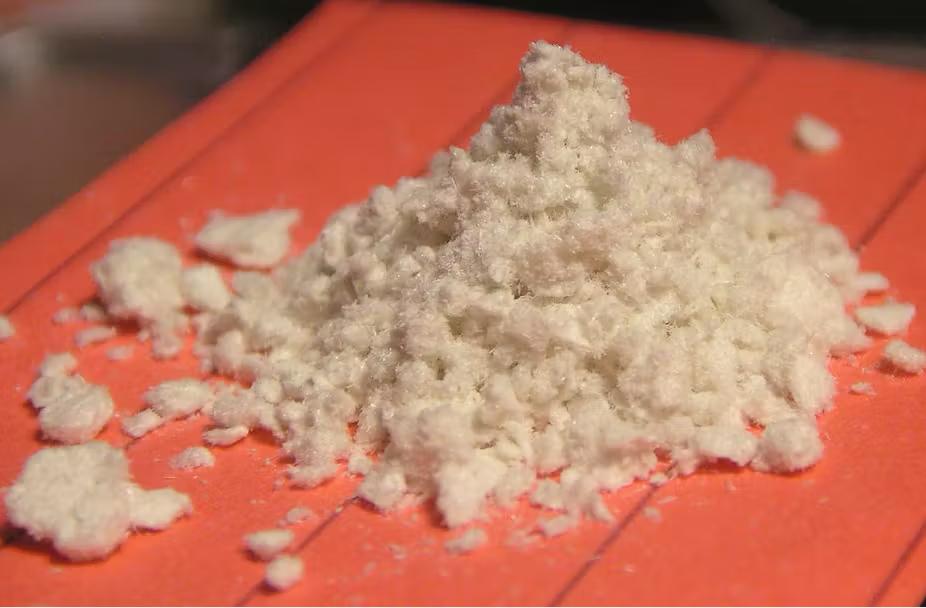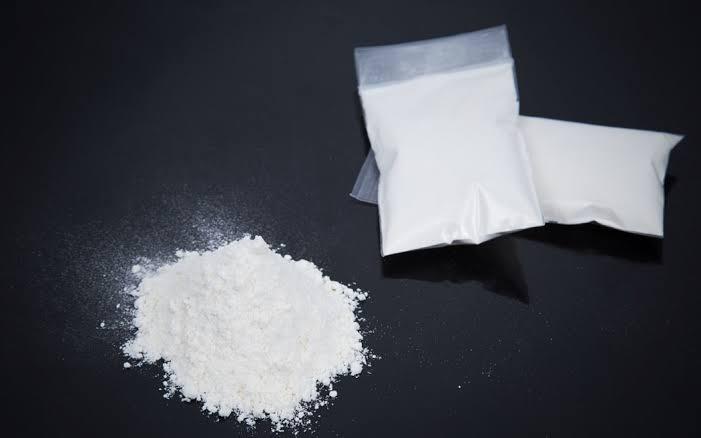use of 2CD
1. Research and Experimental Use
- Neuroscience research: Like other 2C compounds, it’s studied for how it interacts with serotonin receptors (especially 5-HT2A).
- Structure–activity relationship (SAR) studies: Helps chemists understand how small changes to molecules affect their psychoactive properties.
⚠️ 2C-D is not approved for medical use or clinical trials. Its research use is limited to unregulated or private laboratories.
2. Recreational and Psychoactive Use
Although not as popular as LSD or MDMA, 2C-D has been used recreationally for its:
🧠 Subjective Effects
- Mild to moderate visuals (colors, patterns, slight distortions)
- Mental clarity and introspective thought
- Subtle emotional enhancement
- Can feel “neutral” or even “cognitive”, especially in lower doses
Many users report that 2C-D is:
- Less overwhelming than LSD or psilocybin
- More analytical or cerebral
- Good for creative thinking or reflection
🧪 Typical Dosage (Oral)
| Dose | Effect |
|---|---|
| 5–10 mg | Microdose-like effects (light stimulation, clarity) |
| 10–20 mg | Mild psychedelic, increased focus, visuals |
| 20–40 mg | Moderate intensity visuals and altered thinking |





Add comment